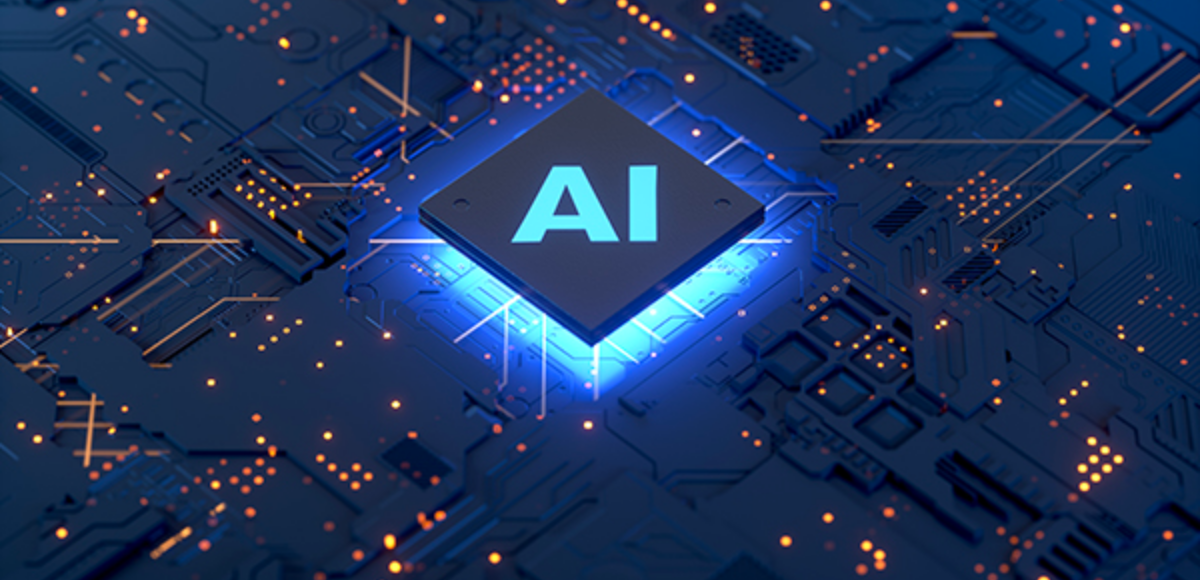In this article we will explain differences among ‘Real’ AI and Video Game AI. With this overview we aim to concisely reveal their differences.
Objective Orientation
Video Game AI focuses on creating NPCs with human-like behaviors to enhance player experiences. In games generally AI is using for make people get fun or stay players in game.
Real AI addresses problem-solving, learning, and decision-making in diverse domains like healthcare, finance, and robotics.
Instant Decisions
Video Game AI has an ability to real-time responsiveness for seamless interactions within gaming environments. AI for games make and implements decisions faster than Real AI.
Real AI operates with less stringent real-time demands, allowing for more resource-intensive algorithms. This allows it to produce more accurate results.
Actually, most important difference among these is decision and implementation part. AI for games generally needs take fast decision for don’t break real time experience.
Video Game AI also doesn’t need to make perfect decisions. Most of enemy NPCs should make mistakes for entertainment, players should think it’s hard to pass but never impossible.
Some NPCs make decisions randomly, providing players with a chance to win, which is crucial for enjoyment. After all, not all people like to spend all their time facing countless ‘you dead’ screen.
Scenario Differences
Video Game AI operates in environments where challenges are common, requiring non-player characters (NPCs) to adapt dynamically to players’ actions.
As we mentioned before, AI systems should make and implement decisions faster in games so that the gaming experience is not interrupted.
Real AI encounters adversarial scenarios but in less frequent instances, typically within more predictable and controlled environments.
Algorithmic Approaches
Video Game AI utilizes procedural generation, finite state machine, behavior tree, and rule-based system for human-like decision-making.
Real AI emphasizes machine learning algorithms such as neural networks, decision trees, and reinforcement learning to generalize patterns from data for broader problem-solving.
Nowadays, some deep learning algorithms have started to be used in games. Technology is developing rapidly and changes may increase in this field.
Training Approaches
Video Game AI involves a mix of scripted behaviors, handcrafted rules, and occasional machine learning techniques, with a focus on responsive and entertaining behaviors.
Real AI prioritizes machine learning for training models capable of adapting to various situations, often requiring large datasets for effective learning.
Data Requirements
Video Game AI requires less training data, often fine-tuning behaviors manually, and using procedural content generation techniques to diversify scenarios.
By making manual adjustments, the learning process is shortened, allowing it to make faster decisions. Fully automatic learning is not seen in these artificial intelligence models.
Real AI demands substantial datasets for training models effectively, with data quality playing a pivotal role in application success.
Explainability and Interpretability
Video Game AI prioritizes explainability to align game behaviors with designer intentions, with interpretability receiving comparatively less emphasis.
Real AI emphasizes both explainability and interpretability, especially in critical sectors like healthcare and finance where accountability and understanding of AI decisions are crucial.
Interpretability focuses on understanding the inner workings of the model and aims to explain the reasoning behind its decisions.
It’s akin to examining the finer details of the process rather than just looking at the big picture. It appeals more to developers. It is useful for more detailed analysis.
However, explainability focuses more on presenting general outcomes, in short, without delving into the detailed reasons behind each decision.
Explainability is often used in artificial intelligence for games; This allows players to easily understand why NPCs in the game made this decision, which gives them a chance to develop strategies.
While interpretability is important for developers and professionals, explainability is important for players or customers.
Conclusion
In conclusion, the contrast between Video Game AI and Real AI is marked by their distinct goals and technical strategies.
Video Game AI places a high priority on addressing real-time, adversarial challenges, and is designed with entertainment-centric objectives in mind.
On the other hand, Real AI, focused on comprehensive problem-solving, heavily relies on machine learning, demanding extensive datasets.
